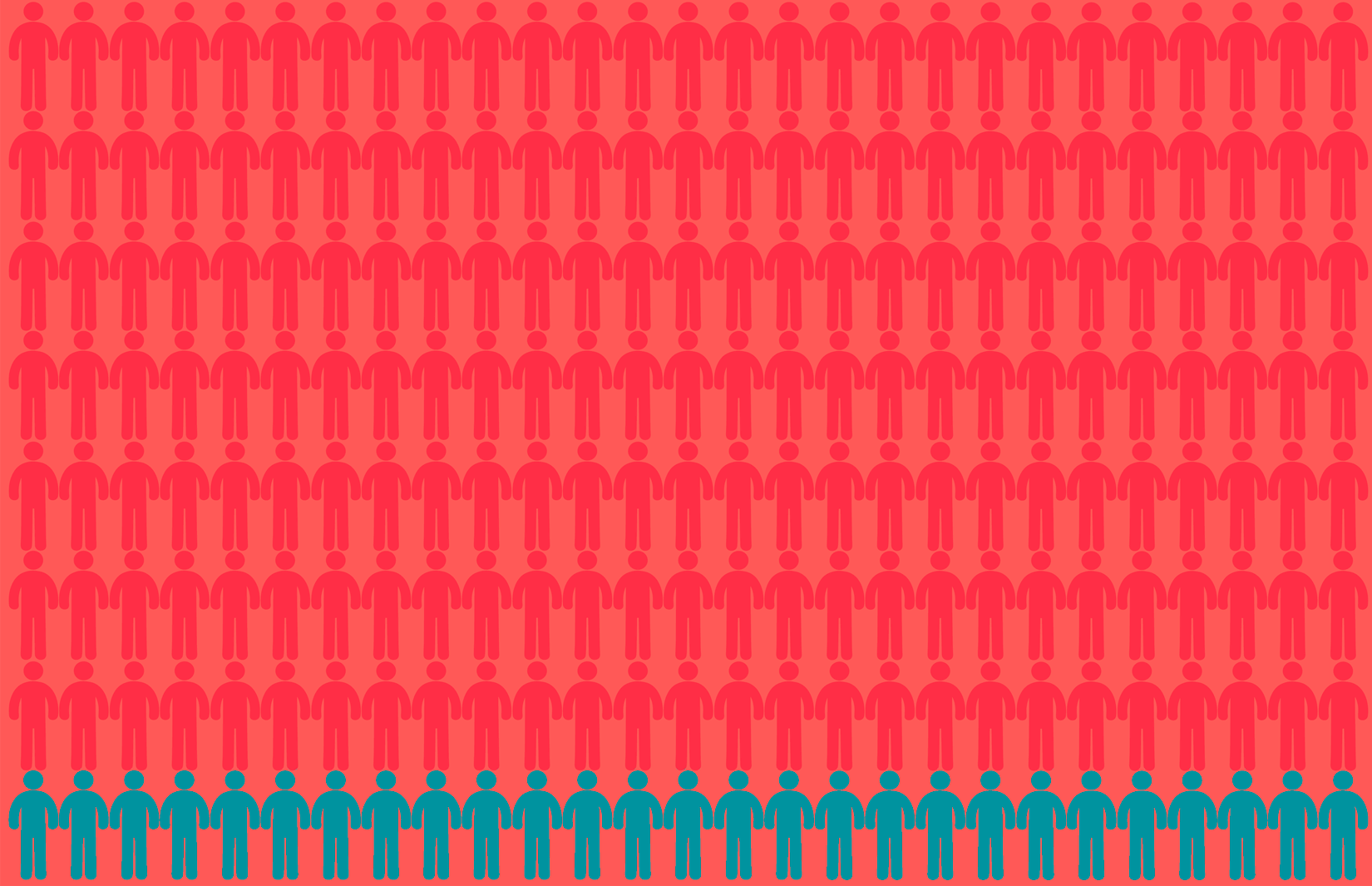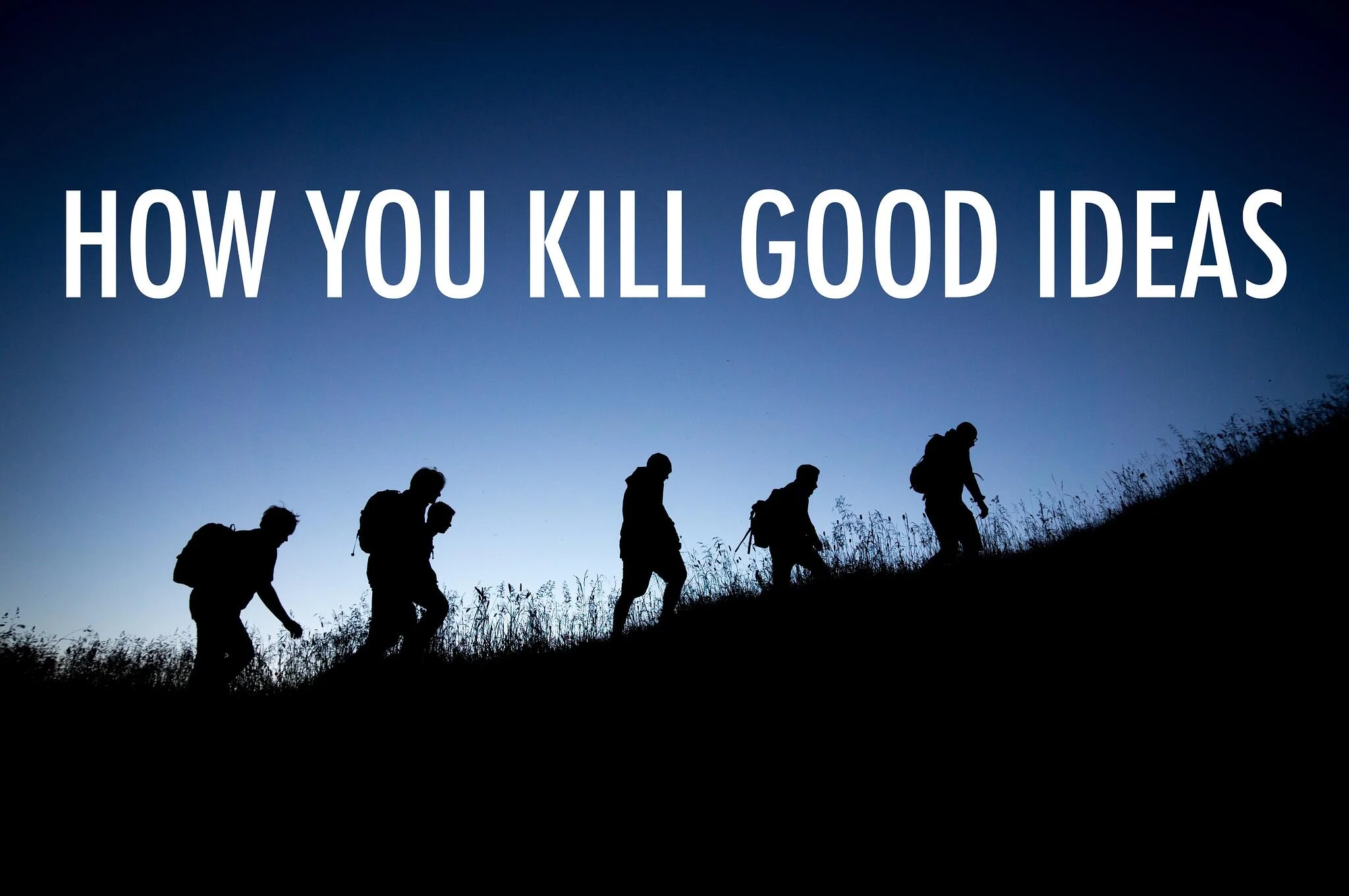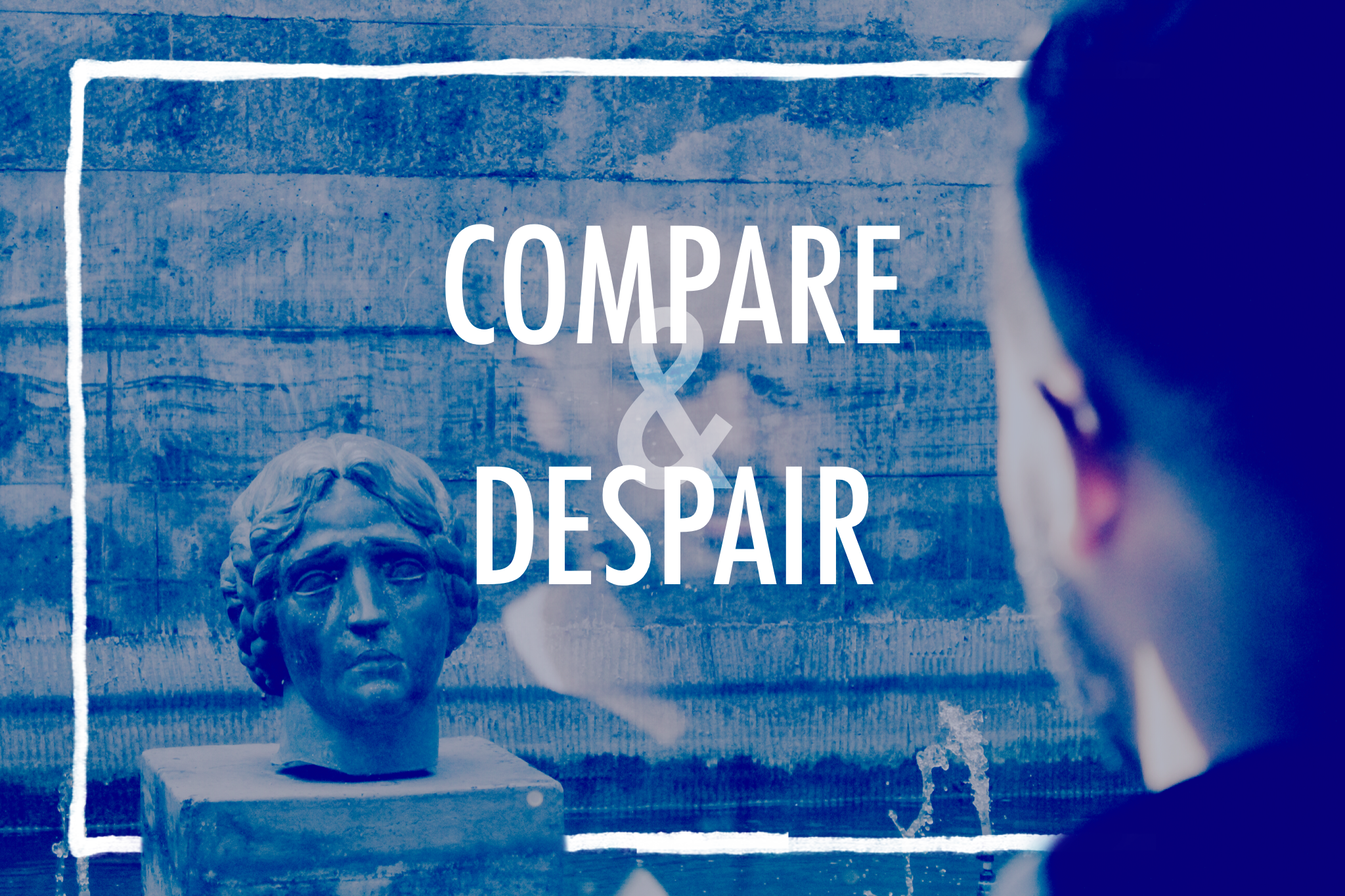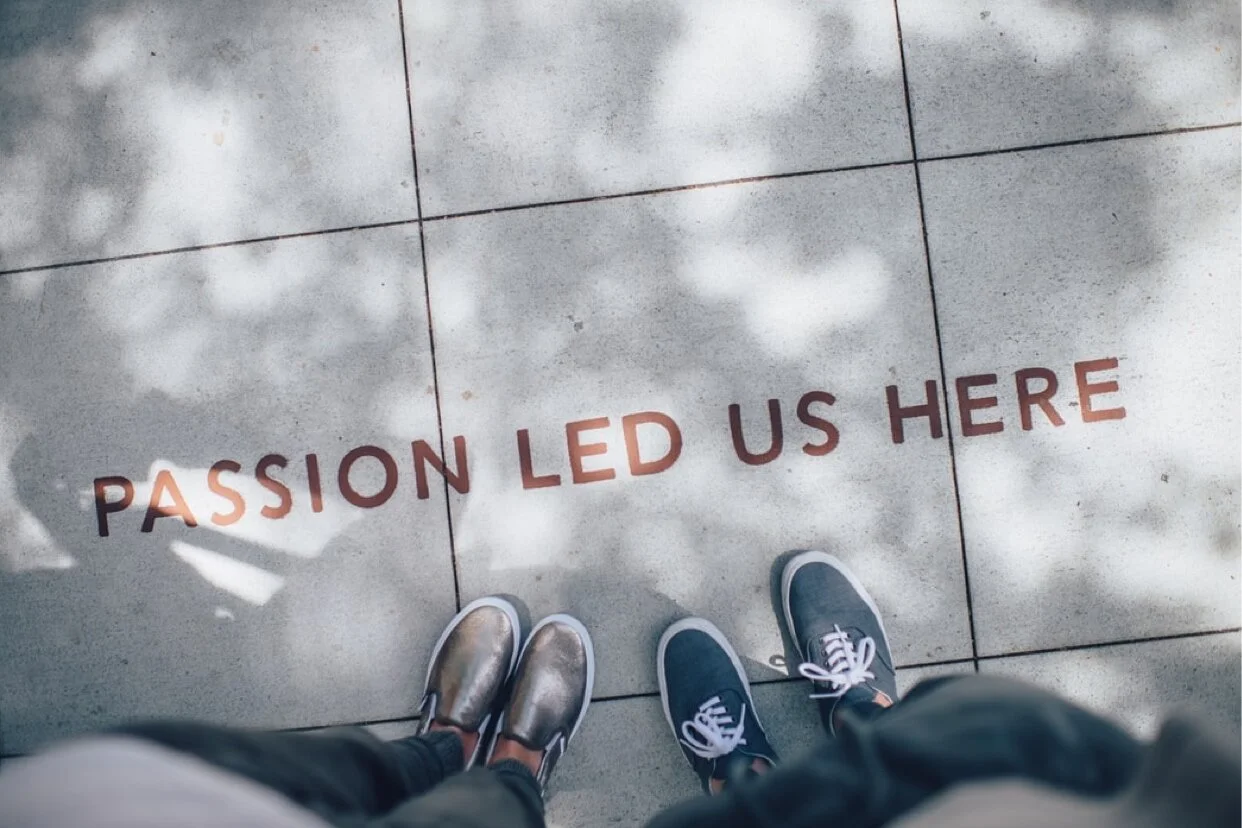When we started the Thrive By Design program, we assumed that our client base would consist of creative professionals who needed help finding that next career, pivoting into a particular market,...
Ageism Begins at 40
"This is the Opportunity of a Lifetime!", said every job description ever.
How you kill good ideas...
Compare and Despair
For the kids
Here's why you shouldn't sacrifice clarity for salary
Who are you overlooking this holiday season?
The most heartbreaking thing: Holiday Layoffs
The Adventure Continues!
The 3 Types of Career Transitions
Living for work vs. working to live
Are You Assessing Opportunity The Right Way?
I recently received an email from a gentleman telling me about his current job situation. He said, “I knew 3 months in that this job was wrong for me – and now it’s 5 years later. I’m still trying...
Is Ageism Catching Up With You?
There’s a consistent pattern we’ve seen emerge with seasoned design professionals. Creatives who have spent 20 - 30 years of their lives in the design industry, regardless if they’ve moved around...
Change is Hard - We've Been There
Drowning In Busy Work?
Last week, we shared Yeh IDeology’s journey from a lofty pipedream to building an actual program, continually growing and evolving to meet industry needs. In our many years in this field, we’ve seen how the industry continues to change. As we all know, however, it’s human nature to resist change.
We recently received a detailed email from a talented Industrial Designer in the tech space about his own long-standing battle to resist change – and the repercussions it’s had on his life.
“I’ve been at the same company since 2005. I’ve seen some huge accounts through their incubation phases, helped develop some of our longest-standing customer relationships, and have basically established myself as a staple character in our office. My career path has been a little unconventional as I’ve sort of bounced back and forth between engineering and production design before solidifying my role as a Senior Designer. I’ve developed small teams and continued to dabble in different engineering projects here and there on top of my design work. I had the flexibility to do my own thing and work on projects I enjoyed, and for a long time, that was enough. The turning point actually came in April of this year when my new boss was hired internally.
More than being passed over for the promotion, the real shock for me was that they had chosen someone several years my junior, who had previously been pretty much sequestered to the production room. Don’t get me wrong, he’s a hard worker but it’s so glaringly apparent to me that he simply doesn’t have the skills or management experience to be running a team – especially one with team members more than a decade his senior. This guy doesn’t know who to delegate what to, and as a result, I find myself saddled with all sorts of unexciting junior designer work. The more I do, the more I’m given – and it doesn’t seem to be getting me anywhere.”
Like many others before him, this creative talks up his many accomplishments in the workplace, before lamenting about the supposedly small professional hiccup that is actually symptomatic of a bigger underlying problem.
“This mismatch in leadership seems to be going unnoticed by others on our team but to me, it’s become the one upset I’ve experienced in the past 13 years that has caused me to seriously reevaluate my own career trajectory and unearth several issues that have been there all along. I went from this bright-eyed, bushy-tailed jack-of-all-trades to an overlooked, undervalued literal senior designer who hasn’t received a raise in five years. I can now see that staying in my comfort zone, in what I believed was a safe, smart move, I’ve somehow wound up in a dead-end position. I thought that the company knew me; I thought I just needed to prove myself as a viable candidate for a management role, but reinventing myself around people who’ve known me for years is proving to be even more challenging than I ever imagined it would be.
Whenever I think about this situation, I just want to kick myself because there’s so much I could have done years ago that would have definitely changed where I am today, and where I can go from here. I know I need to make some kind of change but I have a growing family to take care of and responsibilities to keep up with, so I stick with it. I kinda don’t know what to do. Honestly, though, I don’t know how much longer I can keep this up. I mean it’s awful but it is what it is. I guess I’m fine.”
The thing is, he is not fine.
This email ended up being an uncannily accurate summation of this terrible cycle many creatives tell us about that we call “busy complacency”. They start out by speaking with us about once-fulfilling careers that have soured and are no longer exciting them in the ways that they used to. They gripe about their lack of prospects, their inability to move onwards and upwards, and their growing need to make some sort of change.
If your career has been on a certain trajectory and you’re trying to change the path you’re on to a different one, this requires change, drastic change at times. And to change takes effort and investment.
Despite all that, when we tell people how much time and effort this change will require, they suddenly revert to old habits and excuses. “I’m too busy,” they say. “I have too much going in my life and I simply can’t afford to start now.”
So they go back to their work and their ever-so-busy lives, continuing to take that addictive drug called “busy complacency.”
We all pack our lives full of patterns and routines. There’s never enough time in the day to get everything done. But when it comes down to it, your goals determine your choices and your actions. If you know in the back of your mind that it’s time to think of a move but you don’t know how to start, don’t let busy complacency drag you back into that lull. You could be losing valuable time. Worst of all you could be sliding toward a dangerous situation that you won’t be prepared for. Many people we meet at this stage are just moments away from being laid off – and they can sense it. At this point, there is really not a lot of time. With the looming threat of losing your job altogether, you owe it to yourself to cultivate that sense of urgency to combat the habitual busy complacency that got you here in the first place.
It takes massive action to disrupt and change a pattern that has become so deeply ingrained in your routine. We know first hand the sheer amount of work and sacrifice making a move this monumental entails. When Yeh IDeology made that leap from recruiting to consulting, we exhausted all available resources, sacrificing valuable time and money to make that change and reach our goal. We found ourselves at dead-end roads. We made mistakes and had to start over, but in the end, we had the resolve to persevere and figure it out. The end result of that long journey is our Thrive By Design program. We designed it specifically to help designers like you finally use your time to focus on new opportunities by teaching you to hold yourself accountable. We will hold the mirror up so that you no longer fill your days with meaningless pursuits in the wrong direction, and instead, show you your own mistakes as well as the mistakes of others to help you iterate faster and better, helping you focus on the steps you need to take to reach a viable goal faster. Because in the end, time is of the essence.
Employers and clients alike dole out all sorts of motivational incentives like recognition, money, and praise for a job well done in the beginning. In fact, the way businesses are run, employees are constantly being incentivized just to stay busy. Big corporations, in particular, are often in the business of simply hiring bodies to build a team, which leaves many skilled designers unseen, unheard, and simply stuck as one of many disposable workers getting by on grunt work. The reality is that there are people who want to keep you in the same spot because you’re good at it – or because you’ve done it for so long. Still, these same people don’t know what you’re capable of outside the role you’re in. They are not truly invested in your advancement and progression.
As the industry evolves, and creative roles with it, the new challenge becomes keeping up with the way the world works. There is nothing as all-consuming as your career: it determines how you live and affects everything from your personal well being to how others perceive you. You define yourself by your career. Are you willing to leave all this up to chance? Stop waiting for fate to take over. Book a Breakthrough call to jump start that shift. Take control of your future and give yourself the chance to really CHOOSE what you want to do for the rest of your life.
Committed to your success,
Ang
How do I choose THE BEST?
You’ve Given Up A Good Thing. How Do You Get It Back?
You’ve Already Hit The Top Of Your Game - But What If There’s More?!
Don't Drink the Kool-Aid
Being a designer is tiring. In an industry that is so visual and outward, it’s understandably difficult to consistently meet that demand to be the best – so sometimes, designers embellish the truth a little bit.
They master their sales pitch to show only the best of the best, capitalize on their strengths, and learn to walk, talk, & dress like the perfect designer; they get so good at playing this part that they have everyone, from employers to clients to coworkers, convinced that they are the perfect designer – everyone including themselves. This technique may work for a little while, but eventually, as you continue down this path of self-embellishment and bravado, there comes a point where you are faced with some sort of roadblock and suddenly find yourself unable to identify the source of the problem – because, after years of acting like the very best, you’ve unknowingly dulled your ability to objectively evaluate yourself as a creative professional.
Having studied and worked with professional talent for more than 20 years, I constantly meet recruiters and HR managers who tell me about their encounters with designers just like this. These designers will talk endlessly about their accomplishments, their strengths, and their amazing ability to assess opportunity, but are strangely unable to explain why they can’t seem to move up in their careers.
I’ve become an ethnographic specialist around creative professionals. I’ve seen what separates the top consistent winners from the masses of professionals that never make it to their goal and from this, have identified some interesting patterns about how people evolve over the course of their careers – and why many of them don’t reach the point they should have.
One particularly concerning observation is the growing tendency for people to sugarcoat a situation, without realizing that they are actually lying to themselves to avoid a harsh truth.
Based on the two most common lies we’ve heard over many years of research and coaching, we’ve come up with two categories: the Wishful Thinkers and the Kool-Aid Drinkers.
Both categories illustrate opposing, unhealthy extremes on the spectrum of self-evaluation and self-awareness. The Wishful Thinkers are those who never seem to follow through because they inherently don’t believe they can make it, while the Kool-Aid Drinkers are those who get so caught up in their pitch that they turn a blind eye to the problems that do need addressing. It goes without saying that neither extreme results in a fair assessment of your capabilities.
Sadly, most design professionals we meet are lying to themselves in some respect, in denial about several issues that are deterring their careers from progressing. Don’t get so swept up by the glamour of the facade you’ve created that you can’t see you’re not really where you want to be. When it comes to being successful in design, think about it: have you really made it? How long are you going to lie to yourself? And how much time do you have to really do something about it?
It’s exceptionally easy to fall into this trap of lying to yourself to avoid a painful truth, and we understand that being so brutally honest with yourself is much easier said than done. However, as difficult as this undertaking may be, you need to recognize that running from the truth is doing more harm than good to your career and that it may be time to make that shift.
This change doesn’t happen overnight. You have to be ready, willing, and committed to shifting your perspective as a design professional. We can give you the optics to kickstart this massive adjustment and identify all your quirks, as well as the support you need to go through this challenging process – but of course, the results will be determined by your own drive and desire to achieve your goal.
The design industry is riddled with creatives who are constantly performing, putting their best foot forward, and sometimes, just pretending outright to be better than they are in order to set themselves apart; this is simply the culture that has come to exist in a field as competitive as this one. It’s all too easy to fall into these habits without even realizing what you are doing.
Book a Breakthrough call to start forging a counter-culture where you can hold yourself accountable for your bad habits, recalibrate so you’re not heading down the wrong path again, and present an objective and honest version of yourself.


















